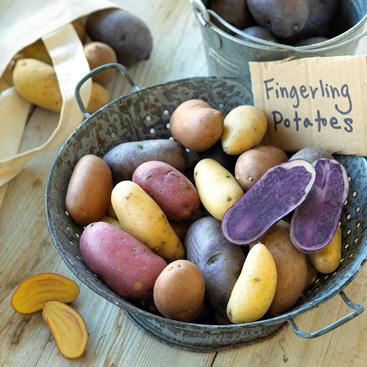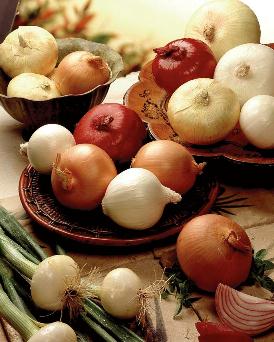Lesson Plan: Get Creative with Potatoes
Saturday, 01 October 2011 19:02
 An e-learning module focusing on Americans’ favorite vegetable.
An e-learning module focusing on Americans’ favorite vegetable.
Courtesy of CIAprochef.com
As the demand for lighter, healthier menu options and bold global flavors continues to grow, more and more chefs are turning to the potato as the perfect canvas for menu innovation. Why? Because potatoes are a familiar, versatile vegetable that can stand up to today's big flavors and eye-catching presentations. They're available in all kinds of exciting new varieties. And they have a remarkable nutrition story to tell. Diners love potatoes, and they demand health, variety and novelty. Now, they can have it all.
Through The Culinary Institute of America’s ProChef e-learning, “Get Creative with Potatoes” presented by the U.S. Potato Board discusses today’s potatoes—and how, now more than ever, they can put chefs at the forefront of menu trends. The module includes menu ideas and recipes, innovative techniques from chefs, instructional videos, potato varieties and nutrition and more.
To access the e-learning module, visit www.ciaprochef.com/potatoes.


 Barbecuing lamb brings together a richly flavored, homegrown product and one of America’s specialty cooking methods. It also helps teach our students about cuts of lamb that they may not often cook.
Barbecuing lamb brings together a richly flavored, homegrown product and one of America’s specialty cooking methods. It also helps teach our students about cuts of lamb that they may not often cook. Onions provide color and texture to a dish, but their flavor is what really makes them irresistible and virtually irreplaceable in the kitchen. From raw to caramelized, the flavor of an onion has many layers.
Onions provide color and texture to a dish, but their flavor is what really makes them irresistible and virtually irreplaceable in the kitchen. From raw to caramelized, the flavor of an onion has many layers.  A Guide to Choosing What’s Right for Your Kitchen
A Guide to Choosing What’s Right for Your Kitchen